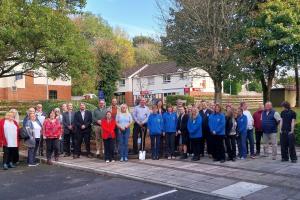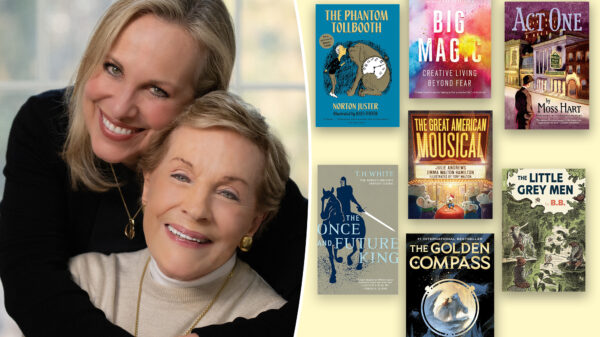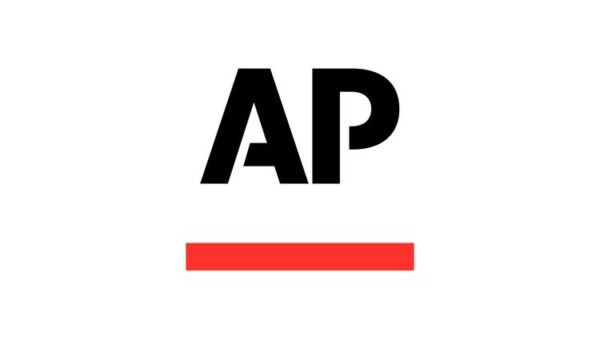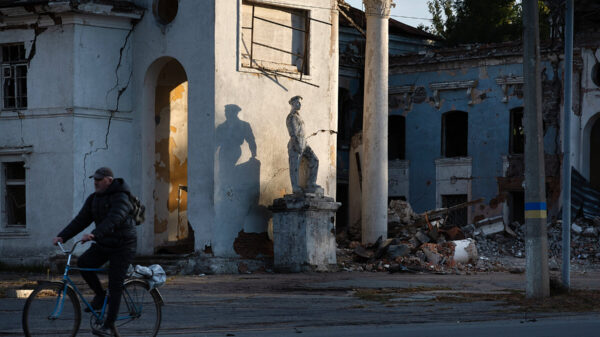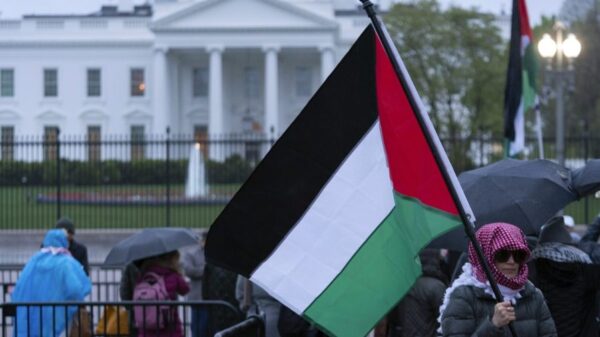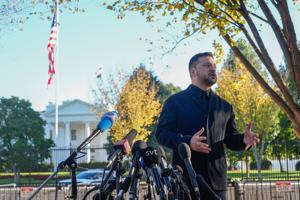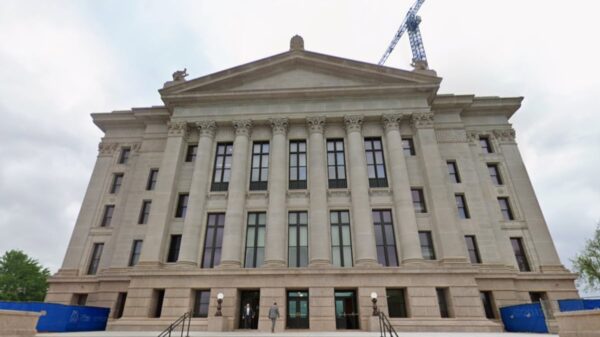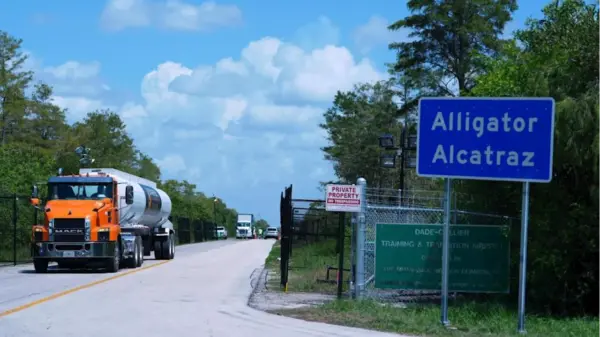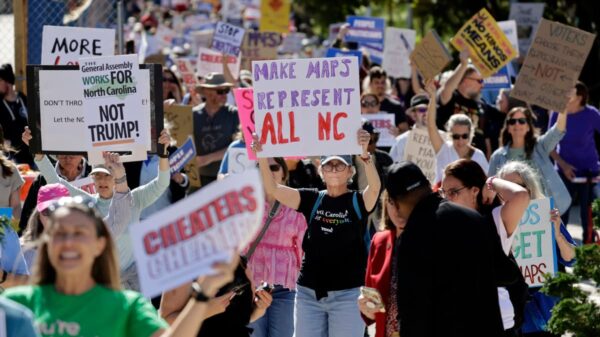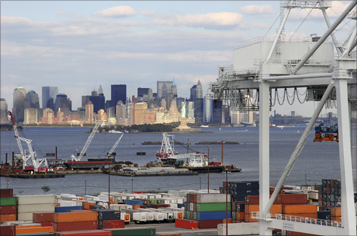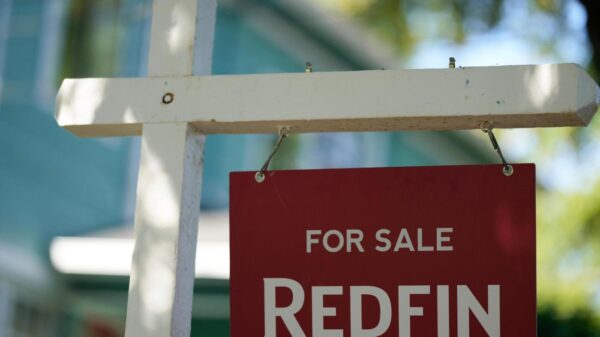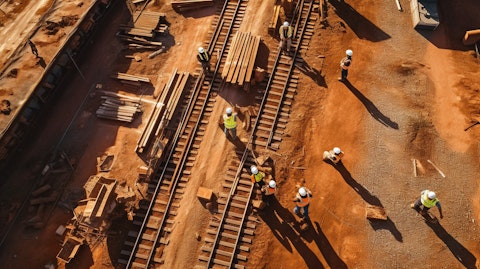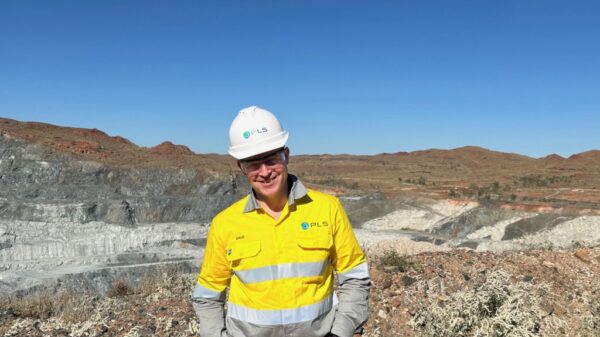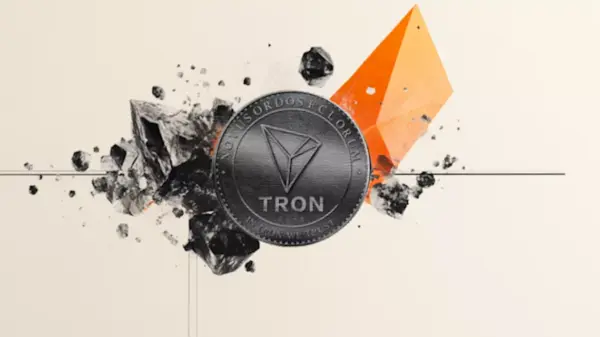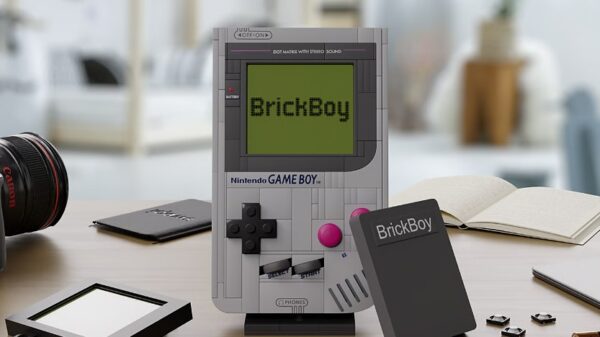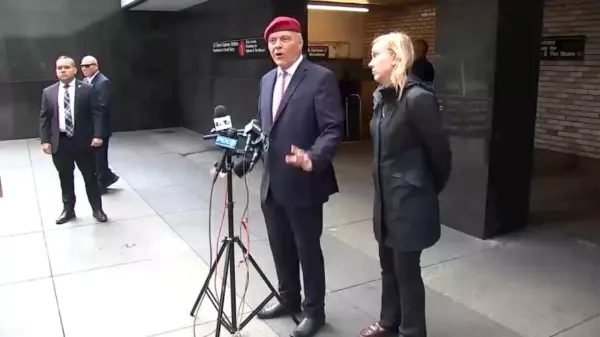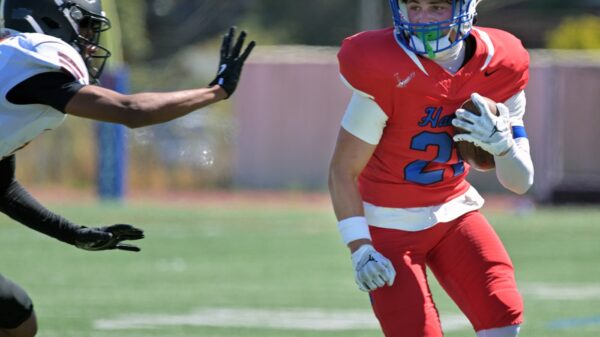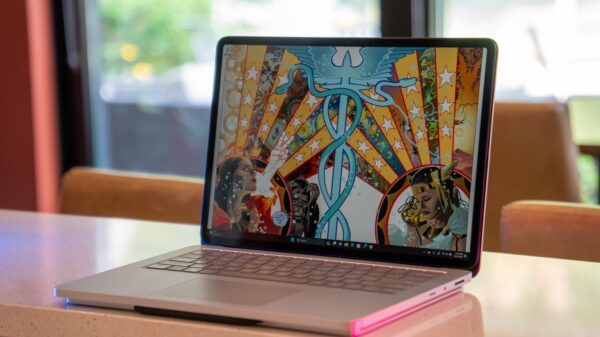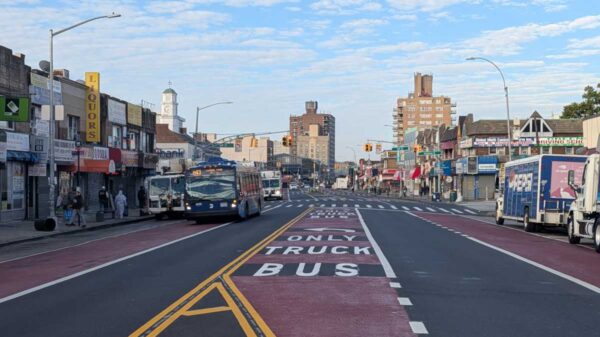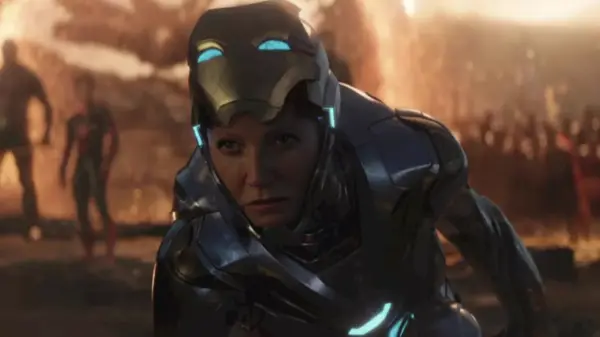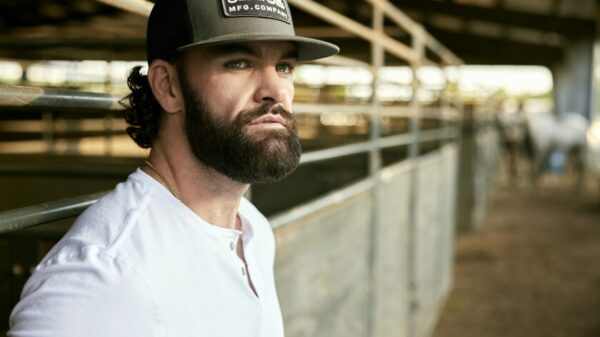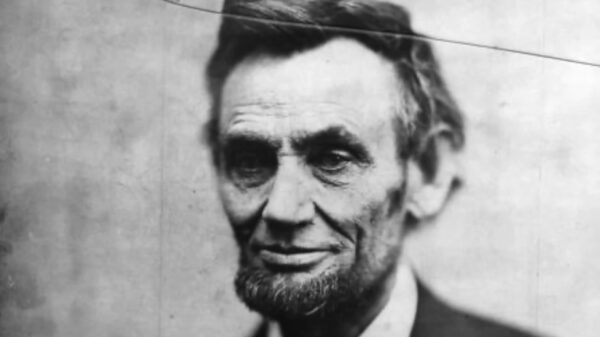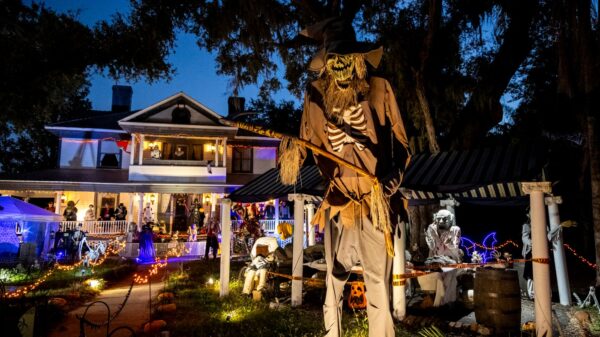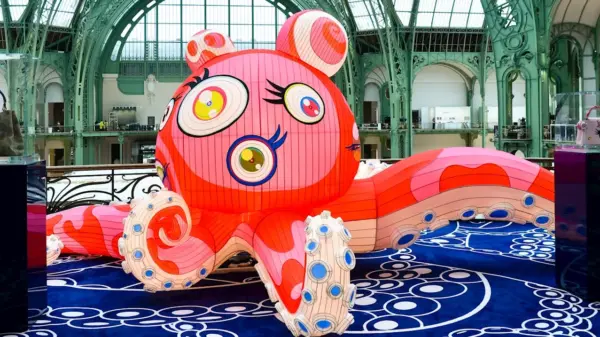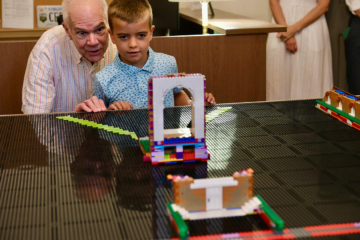The William & Mary community is embarking on an exciting project to create a model of its Historic Campus, constructed entirely from Lego bricks. This initiative, which officially kicks off this month, aims to replicate iconic structures such as the Sir Christopher Wren Building, the President’s House, and the Brafferton using up to 200,000 Lego bricks. The project represents a collaborative effort among students, alumni, and local residents, fostering a strong sense of community.
The build gained momentum with a preview for the Class of 2025 before their Commencement. The first module of the model was installed on August 20, 2023, with a replica of the Wren Building’s west steps made up of 890 bricks. This initial piece was constructed by Bruce Christian, a member of the Class of 1973, who generously provided funding for the entire project despite not being a Lego enthusiast himself. His grandson, Maks, played a crucial role in assembling the module, demonstrating the intergenerational appeal of Lego.
Community Engagement and Participation
This year marks the 330th anniversary of the commencement of construction on the Wren Building, the oldest academic building in the United States. Charles E. Fulcher Jr., director of Wren operations and events, has experience overseeing similar projects, having managed a large-scale Lego model at the Washington National Cathedral. His enthusiasm for the William & Mary project was met with support from Matthew Lambert, senior vice president for university advancement.
The project is designed to allow for modular construction, with tens of thousands of bricks already sorted into kits by Fulcher and a team of dedicated volunteers. These kits will facilitate builds at various locations, including the Alumni House, the Washington Center, and Swem Library. The first community build event is scheduled for August 27, 2023, coinciding with the start of undergraduate classes, and additional events will occur throughout the academic year.
Fulcher highlighted the educational benefits of the model, stating, “It will give [volunteers] a way to talk about the relationship between the historic campus buildings and why there are different colors and patterns to the bricks.” The model will initially display a vibrant array of colors but will ultimately reflect the actual brick architecture of the campus.
A Vision for the Future
The goal is to complete the model by July 2026, although the timeline will depend on community participation. Fulcher noted that if interest is high, the pace of construction could accelerate significantly. The project aims to involve the entire William & Mary community, allowing everyone to contribute to this collective endeavor.
Christian expressed the project’s focus on community engagement, remarking, “It’s the Tribe that’s doing it. That’s the most powerful piece of this.” The Lego model not only serves as a fun and nostalgic activity but also as a tangible representation of the university’s history and spirit.
Upcoming build events include sessions on September 13 and October 3-4, providing multiple opportunities for students and alumni to take part in this unique initiative. The project exemplifies William & Mary’s commitment to fostering a collaborative environment, making it a memorable experience for all involved.


